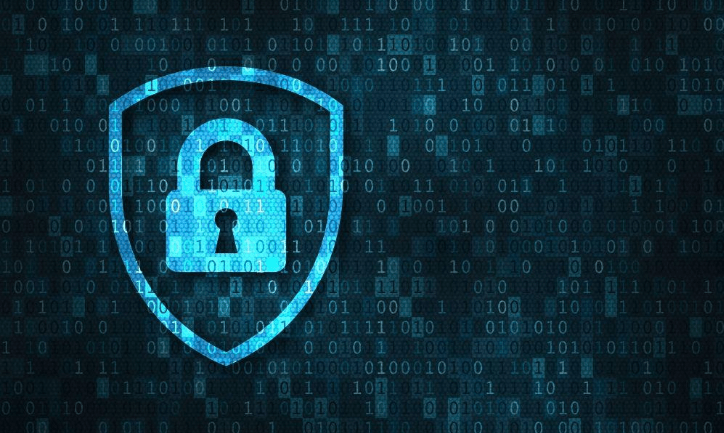By Tom Conklin
In the year ahead, ransomware will seek out ‘soft targets,’ industry-speak for the most vulnerable systems with the highest stakes. With long refresh cycles and levels of bureaucracy, government agencies and cities are often targeted, but over the past year hospitals and healthcare organizations have been at the center of some of the most detrimental ransomware attacks.
Modern healthcare is driven by digital data, transforming the delivery of care, while simultaneously making healthcare organizations a honeypot for malicious actors. These vulnerable organizations will face even greater threats in 2020, and the rate of these attacks are set to increase at double-digit growth rates. With stringent HIPAA laws in place, the CCPA taking effect in January and more state-level privacy laws taking shape, health organizations can’t afford for data to be lost or compromised. In planning for the next wave of ransomware threats, it will be critical to implement a robust backup and recovery solution.
Moving health data to the cloud
Many organizations (in healthcare and beyond) continue to rely on outdated hardware systems to backup and restore critical data. When hit with a ransomware attack, recovering data can take several days or weeks, and even more concerning is that data is not often guaranteed to be restored in its entirety. Because of this, many organizations end up paying the ransom, as access to critical data in a timely manner is paramount to treatment and maintaining normal business operations. Healthcare providers can’t afford the level of downtime imposed by hardware backups systems, as lives are literally on the line.
The answer to quick, affordable and seamless data recovery lies in the cloud. When it comes to solving the widespread and nefarious ransomware problem, many organizations look towards cybersecurity solutions. A strong security posture and hardened system is critical, but it is only one piece of the puzzle. The reality is that no matter how strong your security system is, eventually there will be a breach, and so increasingly organizations must focus on recovery rather than simply prevention. Disaster recovery solutions can help ensure the effects of an attack aren’t detrimental.
By moving data out of a data center and into a cloud-based system, providers can recover more quickly from a ransomware attack — significantly reducing its impact — and better protect data with version controlled architecture that makes it nearly impossible for malicious actors attacking primary systems to infect secondary copies. Instead of requiring days or weeks to restore data, cloud-based solutions can restore systems in as little as 15-20 minutes through globally available dashboards and systems with 24×7 availability. This significantly reduces downtime for an industry that cannot afford to be out of commission.
Additionally, the cloud has made disaster recovery available at a fraction of the cost, making it accessible to any size entity. Leveraging infrastructure (compute, storage, networking) built at-scale by today’s leading cloud providers, teams can eliminate the need for expensive hardware and software systems. Additionally, while hardware traditionally has long lead times to procure equipment, configure, and deploy, the cloud allows companies to start small and only pay for what they use. Combined, all of this means you can simplify operations and focus on delivering outstanding care, not running a data center. Software-based disaster recovery solutions improve visibility and dramatically reduce the risk and effort of management complex health data. Hardware has long lead times to procure equipment, configure it, and start using it and you have to build out to your max needs. The cloud lets companies start small and only pay for what they use.
The high standards of healthcare technology
Healthcare organizations are at the forefront of implementing some of today’s most innovative technologies—from AI machines delivering patient diagnosis to remote surgeries on the brink of 5G enablement. How these companies protect their most valuable asset—data—should follow suit. As healthcare institutions continue to be targeted by these attacks, disaster recovery is what will put some organizations on the right side of history.
Tom Conklin is the Chief Information Security Officer (CISO) at Druva, a provider of cloud data protection and management solutions. Previously, Conklin was the Director of Security & Compliance at Vera Security and has held numerous leaderships roles at fast growing software-as-a-service companies. His current focus is on developing continuous monitoring and transparent reporting of security risk within organizations.
The Editorial Team at Healthcare Business Today is made up of skilled healthcare writers and experts, led by our managing editor, Daniel Casciato, who has over 25 years of experience in healthcare writing. Since 1998, we have produced compelling and informative content for numerous publications, establishing ourselves as a trusted resource for health and wellness information. We offer readers access to fresh health, medicine, science, and technology developments and the latest in patient news, emphasizing how these developments affect our lives.








